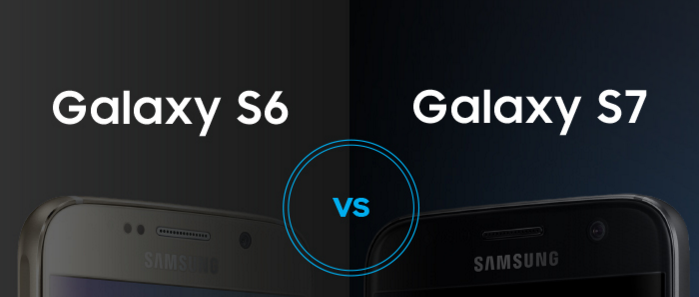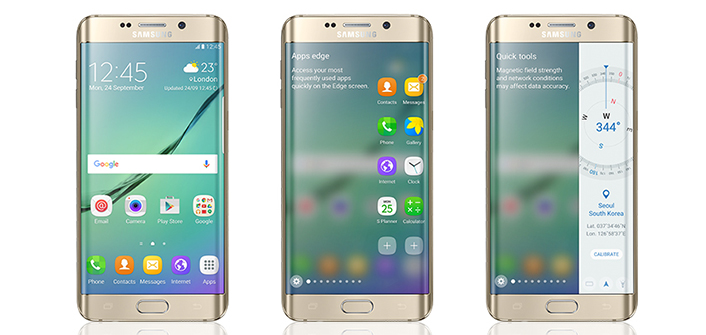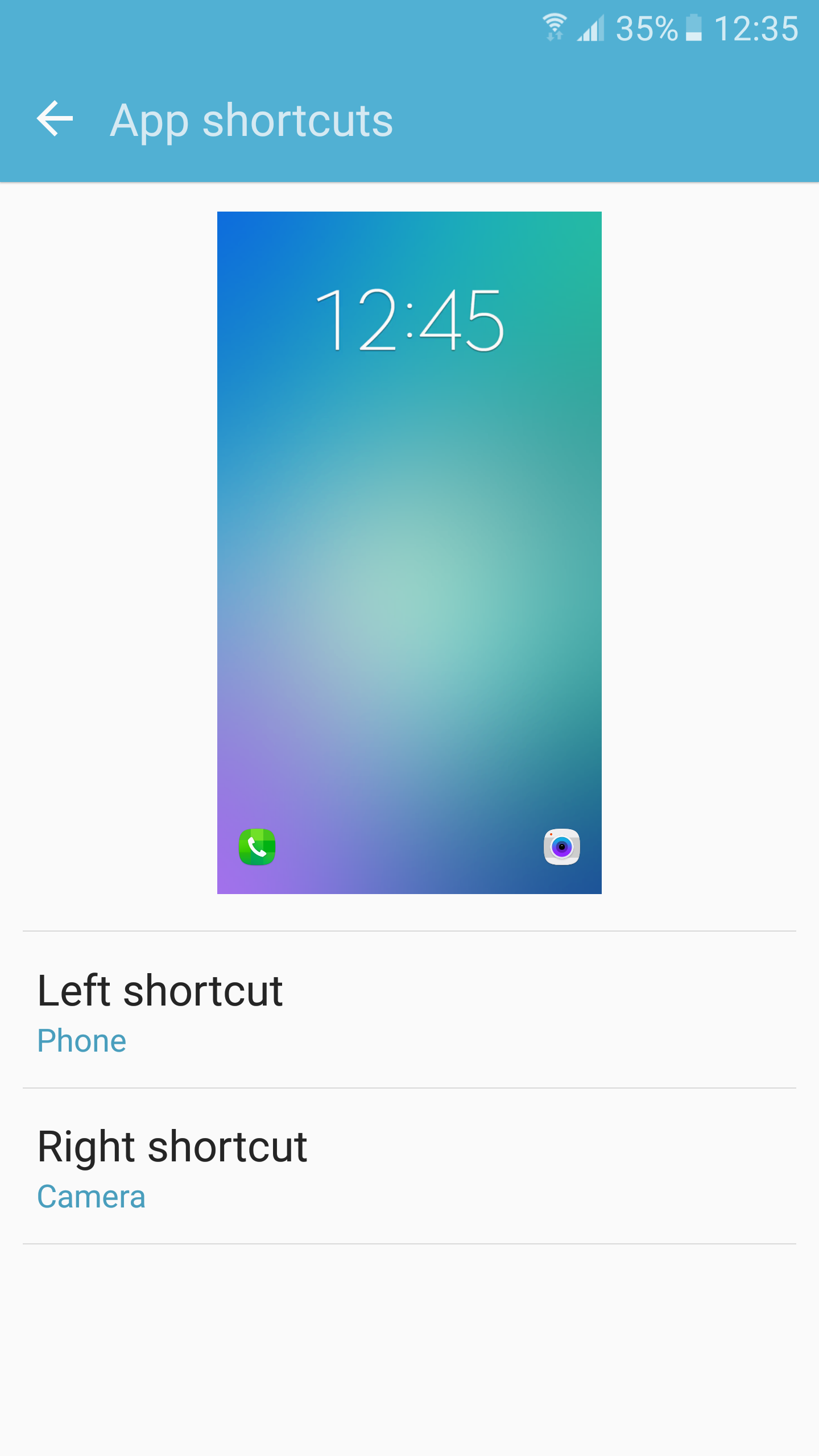
Samsung’s new Galaxy S6 and Galaxy S6 Edge weren’t just overhauled on the outside; they boast major improvements on the inside, too, including new UFS 2.0 flash memory that is significantly faster than the storage chips you’ll currently find in other flagships.
Samsung’s new devices are the first smartphones on the market with UFS 2.0 flash storage, which is expected to replace the eMMC chips found in the vast majority of today’s mobile devices. Not only is UFS 2.0 significantly faster, but it also has the ability to read and write data simultaneously.
During a hands-on with the S6 Edge at Mobile World Congress in Barcelona this week, PhoneArena put the new storage chips through their paces with an AndroBench benchmarking test, which measures sequential read and write memory access speeds.
What they found was really quite incredible.
The S6 Edge’s sequential read result was just over 314 Mbps, which is almost 100 Mbps faster than the second-fastest device tested, the Sony Xperia Z3. The S6 Edge’s sequential write speed was just over 139 Mbps, which is more than 94 Mbps faster than the Xperia Z3.
Samsung’s most recent flagship, the Galaxy Note 4, achieved sequential read and write speeds of 147.05 Mbps and 34.26 Mbps respectively. Quite surprisingly, the older Galaxy S5 has better read speeds of 176.5 Mbps, but its write speeds came it at just 24.2 Mbps.
You can see how other flagships performed in the graphs below.

As noted by PhoneArena, sequential read and write speeds are important for mobile devices like the Galaxy S6 and S6 Edge, because they provide for faster access to larger files, such as movies, TV shows, and games. They also provide faster data transfer, which means getting your content onto them will be quicker.
It’s somewhat surprising Samsung didn’t boast about the memory speeds of these devices more during its MWC unveiling, given that they are so much better than those of rival devices. But perhaps the company felt that kind of chatter would be a little confusing for the average consumer.
For now, the Galaxy S6 and the S6 Edge are the only smartphones we know of with UFS 2.0 storage chips, but you can expect them to begin making their way into other Samsung devices — and indeed competing products from other manufacturers — throughout 2015 and beyond.
[via PhoneArena]








